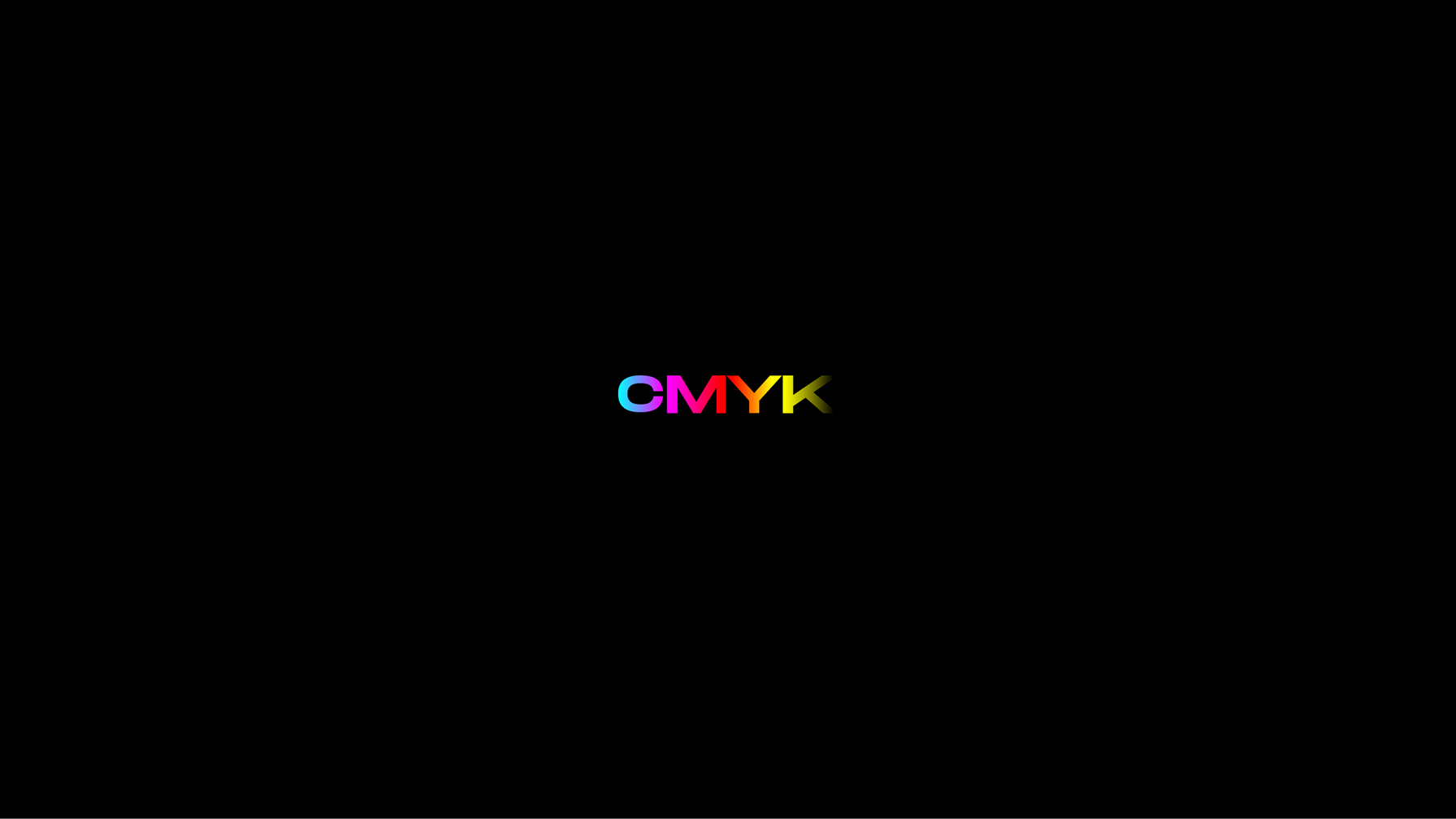The world of business has changed significantly in recent years, and with that change has come a new level of competition. In order to stand out, it's essential that companies have a strong visual identity. A visual identity refers to the look and feel of a brand, including logos, colors, typography, and more. In this article, we'll explore why a strong visual identity is so important and what you can do to ensure that your company's visual identity is as strong as it can be.
Why a Strong Visual Identity is Essential
In today's crowded marketplace, having a strong visual identity is more important than ever. Here are just a few reasons why:
1. Helps build brand recognition and loyalty
When customers see your logo, colors, and other visual elements, they begin to associate those elements with your brand. Over time, this recognition can turn into loyalty, as customers become more familiar with your brand and begin to trust it.
2. Sets you apart from your competition
Having a unique and recognizable visual identity can help set your brand apart from your competition. This can be especially important if you operate in a highly competitive industry where customers have a lot of choices.
3. Enhances your marketing efforts
A strong visual identity can help reinforce your marketing messages and make them more memorable. For example, if your company's marketing message is all about quality and reliability, a visual identity that emphasizes those qualities can help make your message more impactful.
How to Create a Strong Visual Identity
Creating a strong visual identity is an ongoing process, but there are a few key steps you can take to get started:
1. Define your brand's values and personality
Before you can create a strong visual identity, you need to know what your brand is all about. This means taking the time to define your brand's values and personality, so that you can create a visual identity that accurately represents your brand.
2. Consider your target audience
Your visual identity should be tailored to your target audience. For example, if your target audience is young and hip, your visual identity should be modern and energetic. On the other hand, if your target audience is more traditional, your visual identity should be more classic and refined.
3. Choose colors, fonts, and other elements carefully
Once you have a clear understanding of your brand and your target audience, you can start choosing the elements of your visual identity, such as colors, fonts, and more. Be sure to choose elements that accurately represent your brand and appeal to your target audience.
4. Make sure your visual identity is consistent
Consistency is key when it comes to building a strong visual identity. Make sure that all of your marketing materials, from your website to your business cards, feature your visual identity in a consistent way. This will help reinforce your brand and make it more recognizable to your customers.
In conclusion, a strong visual identity is essential for any company that wants to stand out in today's crowded marketplace. By defining your brand's values and personality, considering your target audience, choosing elements carefully, and ensuring consistency, you can create a visual identity that accurately represents your brand and helps you achieve your business goals.








